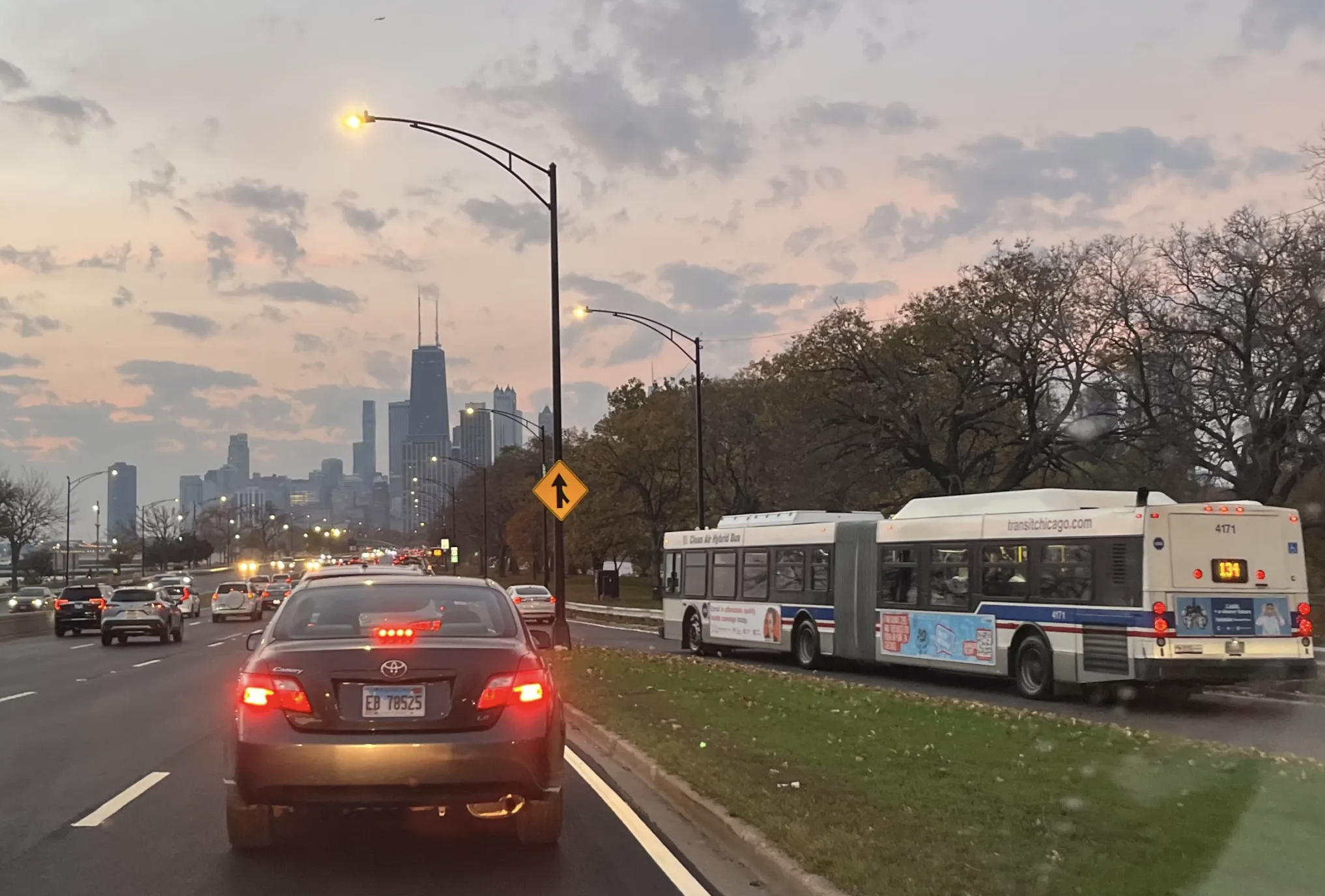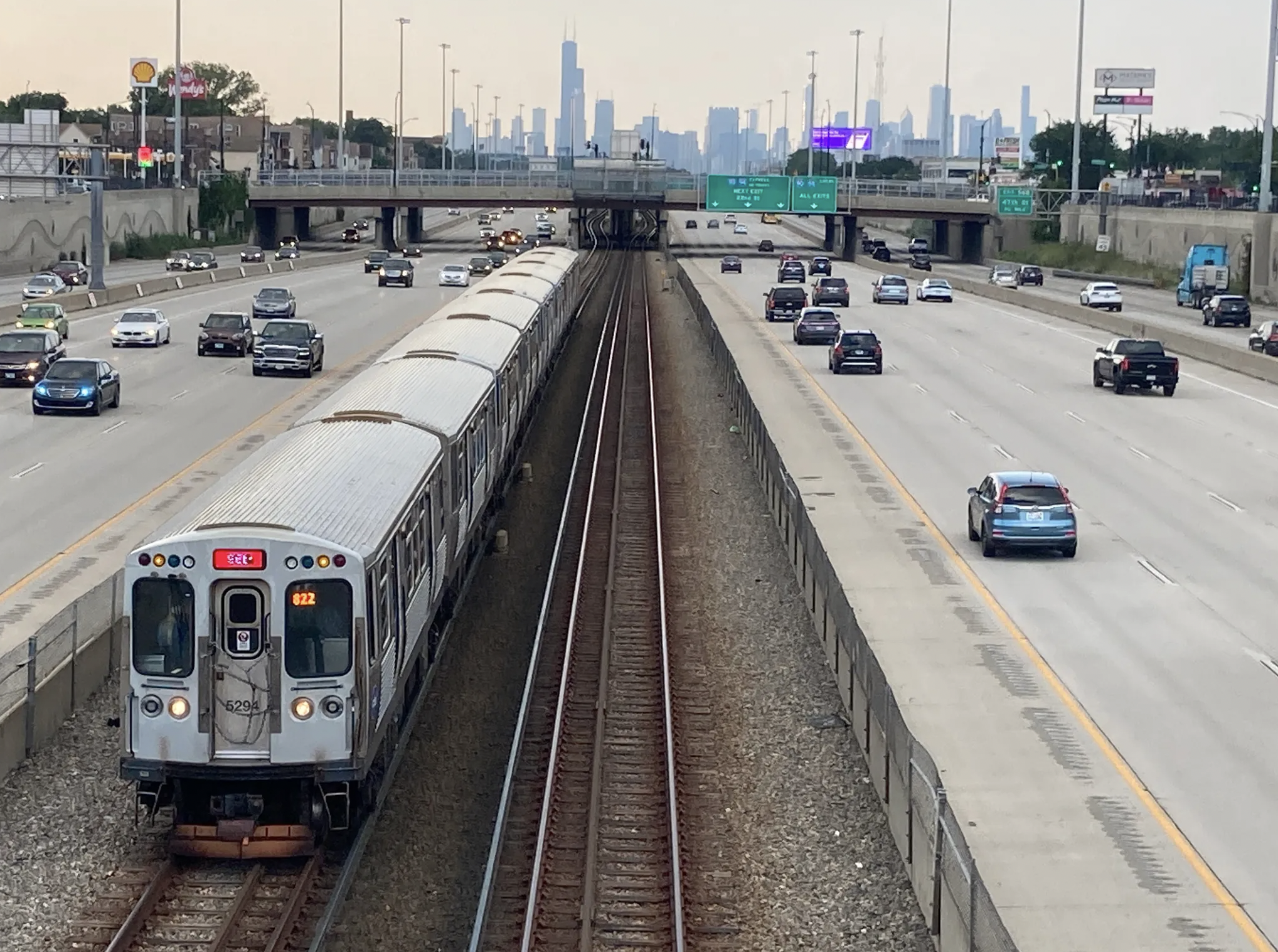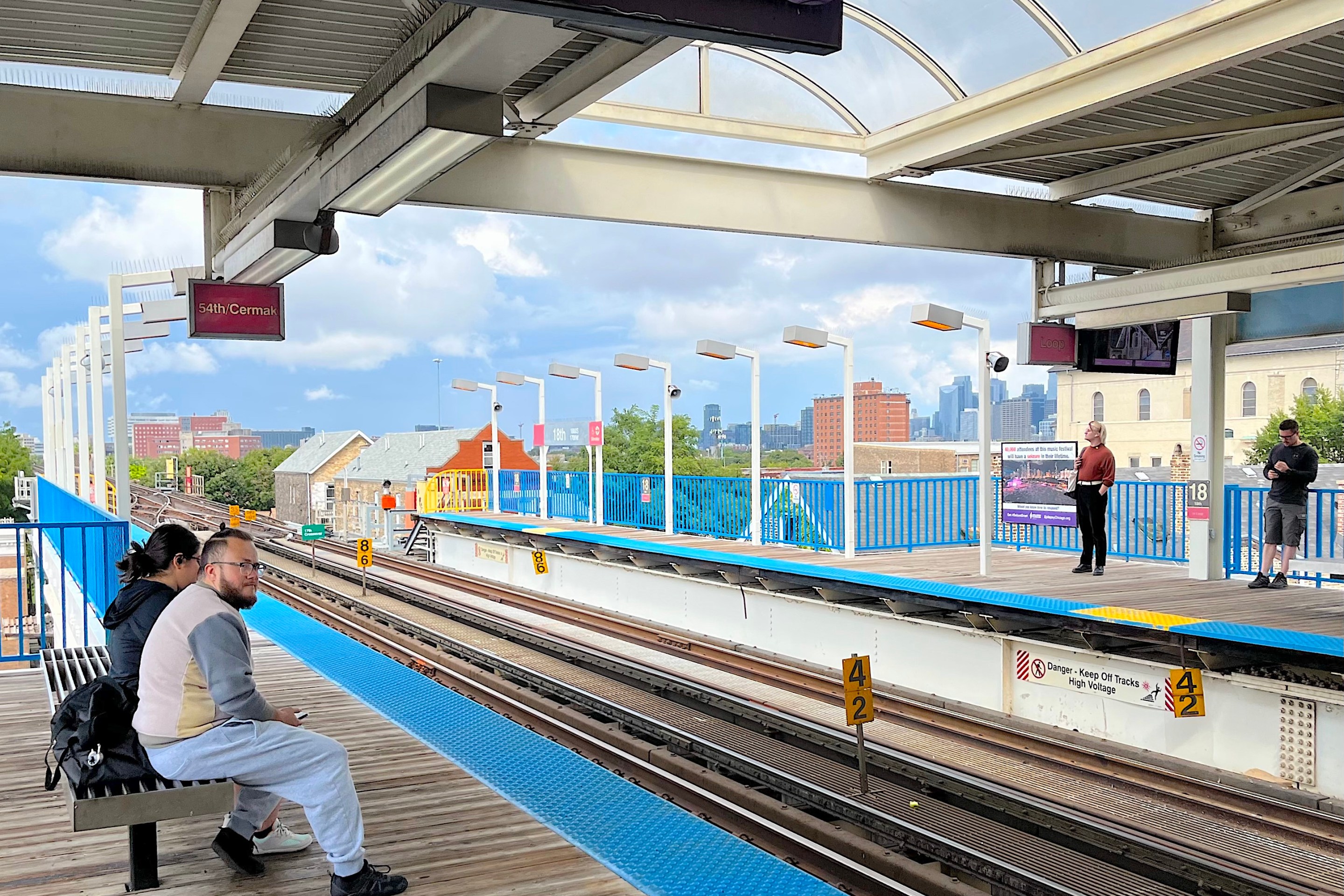Perhaps no other city in the country has the reputation for sprawl that Phoenix does, and it is well deserved. This is a city built around the car -- until 2008, sprawling suburban housing in Maricopa County was the driving force of the regional economy.
Phoenix got a rude awakening in 2008, when the housing crash came. That same year, however, two fateful events occurred: The city's light rail system opened and Arizona State University started its School of Sustainability. And out of that symbiosis, Reinvent Phoenix was born.
Reinvent Phoenix is a planning process for five walkable, urban "districts" around the light rail system. Each district will have a plan oriented around form-based code and other incentives for walkable, infill development that is well served by transit.
The concept grew out of a partnership between the city of Phoenix, ASU's School of Sustainability and St. Luke's Medical Center. In 2011, they received a $3 million grant from the federal Partnership for Sustainable Communities, via the Department of Housing and Urban Development.
Curt Upton, a planner with the city of Phoenix, said the city wanted to demonstrate that urbanism was a viable option in the region. They hope these districts will help motivate additional private investment in compact development elsewhere in Phoenix.
"We already know Phoenix can provide me the big house and the swimming pool, but it can also provide me a walkable urban neighborhood," he said.
The planning districts are all oriented within a half mile of transit. Braden Kay, the initiative's community outreach coordinator, said there is a tremendous amount of potential for mixed-use development. The Gateway District, for example, is home to about 15,000 people currently. But Kay says if the district's vacant land were developed -- no housing moved -- the district could house about five times as many people within walking distance from transit.
Upton says that could make the cost of living significantly lower. "There’s the opportunity to reduce transportation costs down to about 9 percent of a family’s budget – where the average family spends about 25 percent in a suburban environment based on cars," he said.
"By lowering transportation costs, that kind of is a cross-cutting benefit that can help families cope with food issues, access to healthy food, access to jobs," Upton added.
Planners are also making special efforts to ensure the introduction of light rail doesn't lead to the displacement of less affluent residents. All the planning processes have been multilingual. Project planners have been focused on "not only how we motivate market-rate housing, but how we motivate affordable housing by light rail," said Kay.
The City Council is expected to approve the first two district plans in December, Kay said.







